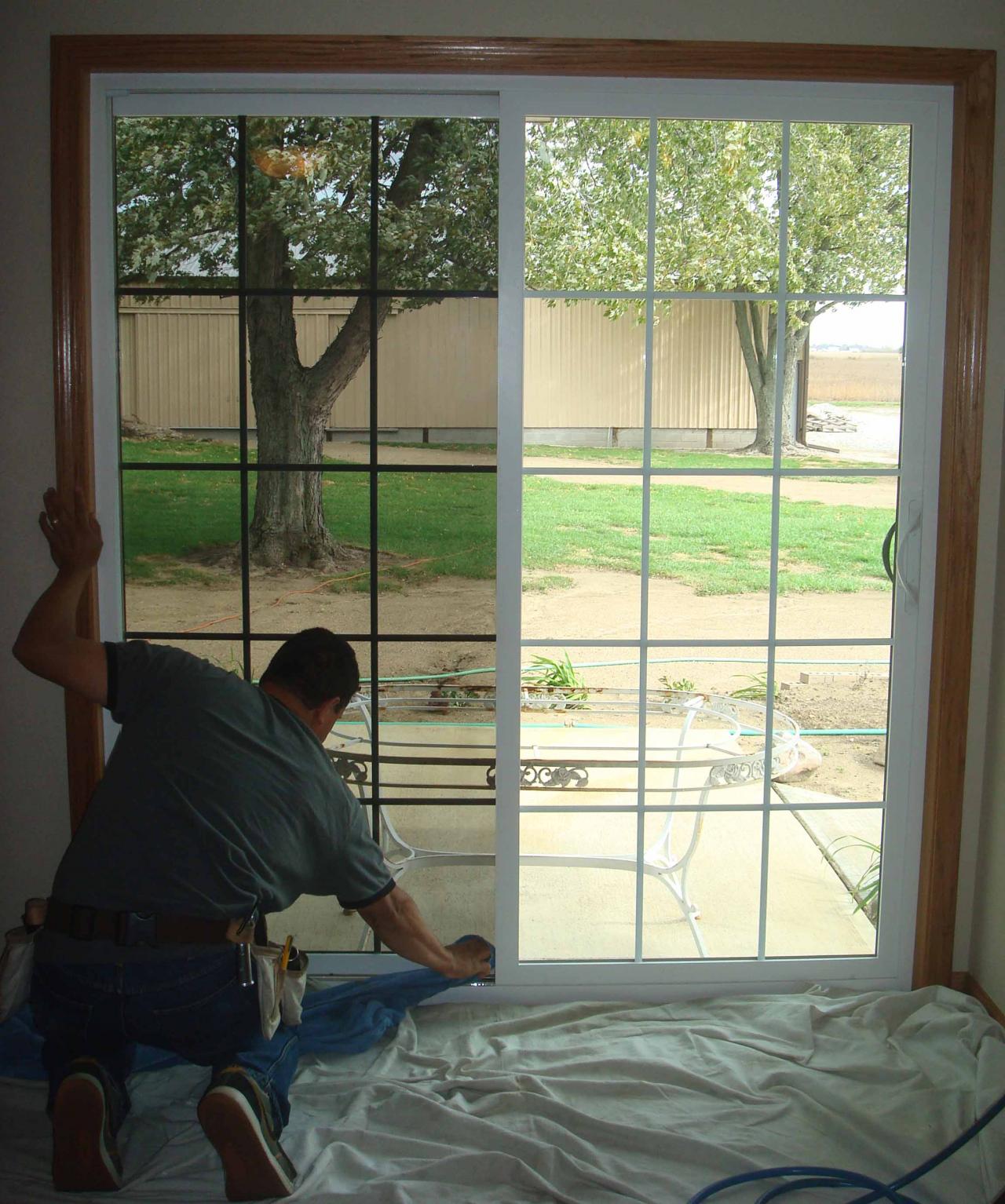Residential Window Tint: Secure Your Furnishings from UV Damage
Residential Window Tint: Secure Your Furnishings from UV Damage
Blog Article
Exactly How Residential Window Tinting Boosts Your Home's Power Efficiency
Residential home window tinting offers an engaging service for house owners looking for to improve power performance within their living spaces. By applying specialized movies to home windows, it properly minimizes warmth transfer, consequently supporting interior temperatures and reducing the demand for extreme home heating or cooling. This not only curtails energy intake however likewise provides an extra comfortable setting by alleviating glow. Nevertheless, understanding the subtleties of just how tinting jobs and picking the proper type for your home can be essential. Curiously, what aspects should one think about prior to making this investment?
Understanding Window Tinting
Comprehending home window tinting is vital for homeowners looking for to boost both comfort and energy performance in their living spaces. Residential Window Tint. Window tinting involves the application of a slim movie to the inside or exterior surface area of glass windows. This film can substantially regulate the amount of sunlight and heat that enters a home, thus affecting interior climate conditions
There are various kinds of window tinting movies readily available, each with unique homes. The effectiveness of home window tinting is typically measured by its Visible Light Transmission (VLT) percent, which indicates just how much light can pass with the movie.
Benefits of Power Efficiency
Home window tinting not only boosts appearances however also plays a considerable duty in enhancing power efficiency within household areas. By reducing warm transfer through home windows, colored films produce a more steady interior climate, which can cause significant reductions in power consumption for heating & cooling. This energy effectiveness converts into lower energy bills, supplying homeowners with significant long-term cost savings.

Furthermore, window tinting boosts the convenience of living spaces. By minimizing glow and blocking hazardous UV rays, tinted home windows create an even more pleasurable environment, which can bring about enhanced well-being for owners. The security versus UV rays likewise aids protect furnishings and flooring from fading, adding to the durability of household things.
How Tinting Functions
Tinting films run through a mix of advanced products and technologies made to control the quantity of solar power going into a home. Primarily composed of polyester, these movies commonly incorporate metal or ceramic bits that absorb and show warmth. This dual capacity enables them to considerably lower the penetration of ultraviolet (UV) rays and infrared radiation while allowing noticeable light to pass through.
The performance of window tinting is determined by its solar warmth gain coefficient (SHGC), which indicates just how much solar power is transferred through the window. Reduced SHGC values are preferable as they signify better heat denial. Additionally, home window colors can feature a range of tones, allowing house owners to tailor their aesthetic choices while boosting energy efficiency.
Moreover, these movies act as a barrier, avoiding warm loss throughout cooler months by mirroring indoor heat back right into the living space. This thermal insulation impact matches the cooling benefits gotten throughout warmer months, adding to a well balanced interior environment year-round. By taking care of solar power effectively, residential window tinting not only enhances comfort but also plays a vital role Homepage in decreasing energy usage and reducing utility bills.
Choosing the Right Tint

There are various types of window movies offered, consisting of dyed, metalized, and ceramic. Ceramic movies offer outstanding heat control without compromising exposure and are very sturdy, making them a prominent choice.
Noticeable light transmission (VLT) is one more essential factor, as it indicates the quantity of all-natural light that can travel through the colored glass. Home owners ought to select a color with a VLT that enhances their lights choices while still giving ample glow reduction.
Additionally, evaluating the solar warmth gain coefficient (SHGC) can help identify exactly how well a color can block heat from sunlight. A lower SHGC indicates better warm control, ultimately enhancing power efficiency.
Installation and Maintenance Tips
Appropriate setup and maintenance are vital elements in maximizing the benefits of property window tinting. To accomplish ideal results, it is suggested to work with a certified specialist for installment. This ensures that the tint is applied appropriately, staying clear of air bubbles, wrinkles, or misalignment that can compromise efficiency. Professionals also make use of specialized devices and strategies, which can enhance the resilience and efficiency of the tint.
Adhering to setup, maintenance is necessary to prolong the life of the window film. It is advised to wait at least 30 days before cleansing the colored windows to permit the glue to cure fully.
Addressing these issues immediately can avoid more damages and keep energy efficiency. By sticking to these setup and maintenance suggestions, homeowners can visit the website guarantee their window tinting continues to supply substantial energy financial savings and comfort for years to come.
Conclusion
In conclusion, property home window tinting offers as an effective solution for boosting power efficiency within homes. By minimizing warm transfer and obstructing dangerous UV rays, home window films contribute to lower power consumption and improved interior comfort.
Window tinting includes the application of a slim film to the interior or exterior surface of glass windows. By decreasing warm transfer with home windows, tinted movies create a more secure interior environment, which can lead to significant decreases in energy usage for heating and air conditioning.The effectiveness of home window tinting is measured by its solar heat gain coefficient (SHGC), which suggests exactly how much solar power is transmitted with the home window. By handling solar power properly, property home window tinting not only enhances convenience yet likewise plays an essential role in decreasing power usage and reducing energy costs.
By minimizing warm transfer and obstructing damaging UV rays, home window films add to lower power usage and enhanced interior comfort.
Report this page